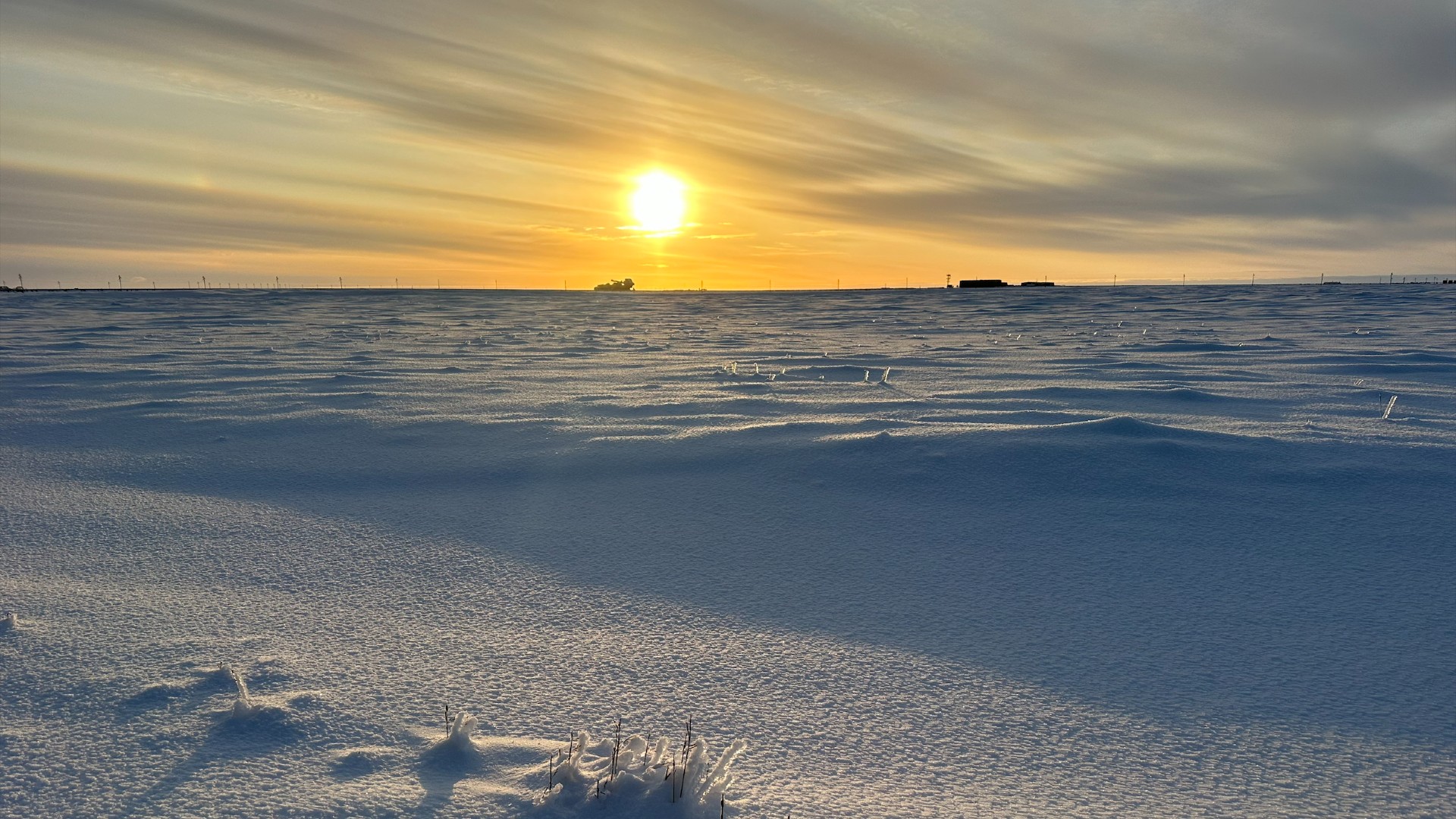Sensors designed to detect nuclear detonations can help track space debris falling to Earth
A network of Cold War-era infrasound sensors can help scientists reconstruct trajectories of falling space objects.
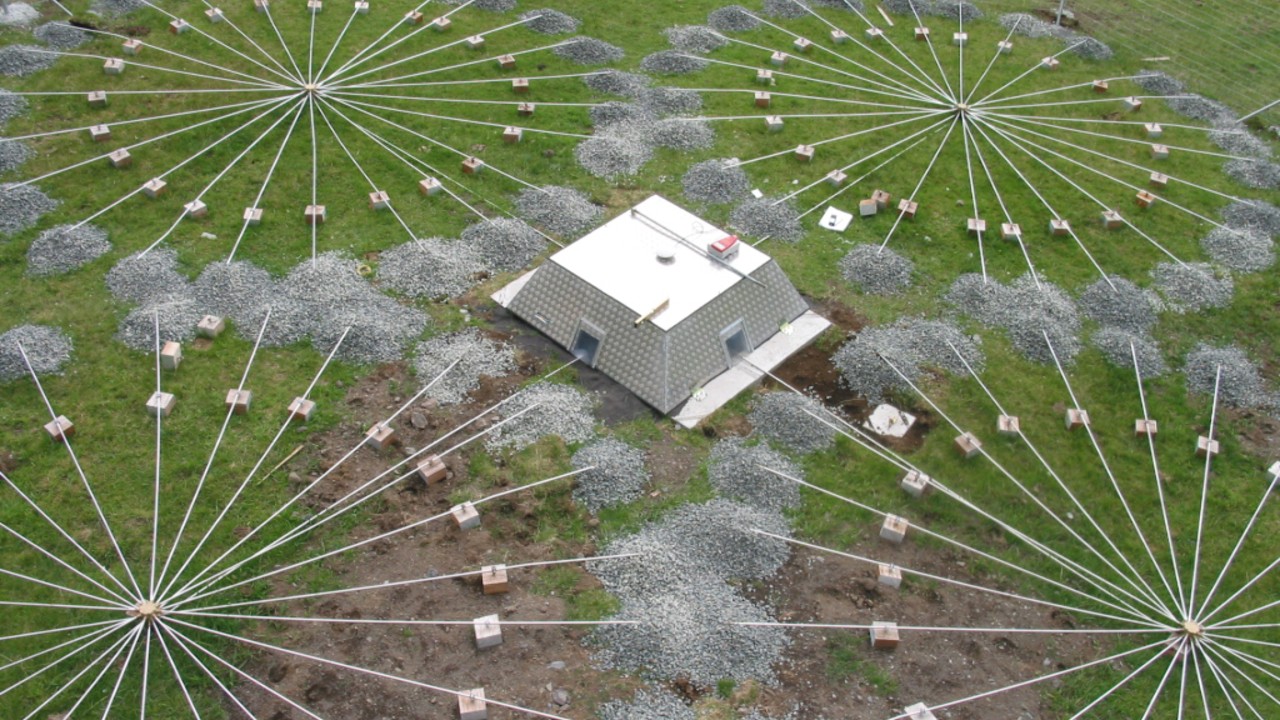
Scientists are studying how sensors designed to detect nuclear tests could help track space junk and meteorites crashing down in the world's most remote regions.
Across the world, dozens of supersensitive detectors have been installed since the beginning of the Cold War era to detect infrasound waves created by nuclear tests thousands of miles away. Infrasound refers to sound waves far below the range of human hearing, similar to how the infrared range of light is far below the threshold of human eyesight.
These detectors, part of the Comprehensive Nuclear-Test-Ban Treaty Organization (CTBTO) detection network, also pick up the rumble of a thunder or the ultrasonic booms generated by large pieces of space rocks or space debris disintegrating in Earth's atmosphere.
Researchers are now studying how these sensors could help reconstruct trajectories of re-entering space debris, especially those that crash down in remote areas where the more commonly used optical cameras and telescopes are not available. According to one leading scientist in this field of study, these sensors can offer unique advantages over other methods of tracking objects falling from space.
"The advantage of using the regional and global infrasound sensor network for studying trajectories of bolides and space debris is that it provides truly worldwide coverage operating continuously day and night and in all weather conditions," Elizabeth Silber, a scientist at Sandia National Laboratories in the U.S., told Space.com.
"Unlike optical observations, which require clear skies and darkness, or radar systems, which have limited range and are geographically constrained, infrasound waves can propagate thousands of kilometers with minimal loss of signal," said Silber, who is the lead author of a new study exploring the advantages and limitations of this detection method.
These infrasound sensors can help determine falling space objects' trajectory using a method known as triangulation that compares signals received by two or more sensors to establish the location of the source.
Breaking space news, the latest updates on rocket launches, skywatching events and more!
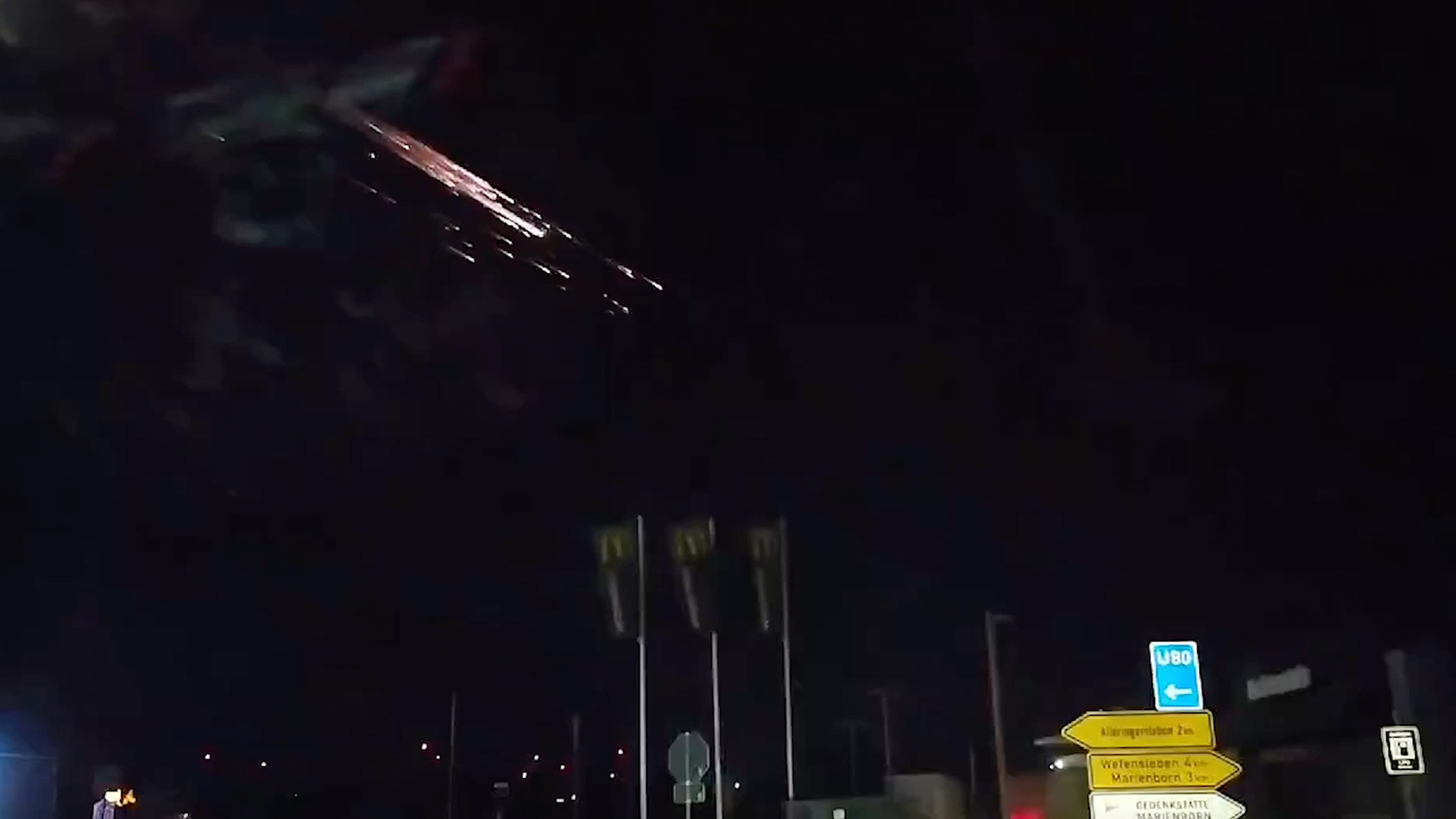
The researchers wanted to know how accurate such calculations can be depending on the angle at which the object enters the atmosphere.
They found that while trajectories of space rocks and junk that fall into the atmosphere at steep angles of 60 degrees or more are easy to reconstruct from infrasound measurements, the same doesn't apply to objects flying through the atmosphere at shallower angles.
"Steep-angle events deposit their energy along a relatively short, vertical segment of the atmosphere, making them behave almost like a point-source explosion," Silber said. "This compact geometry means the sound waves emitted travel along nearly identical paths, resulting in consistent arrival directions at distant infrasound sensors."
On the other hand, pieces of space junk and meteorites that enter at shallow angles generate confusing data when measured by the infrasound sensors as they produce audible signals along a path of hundreds, even thousands of kilometers.
"At distant observing stations, signals from different segments of that long trajectory can dominate, causing significant variability and uncertainty in the measured arrival directions," Silber explained.
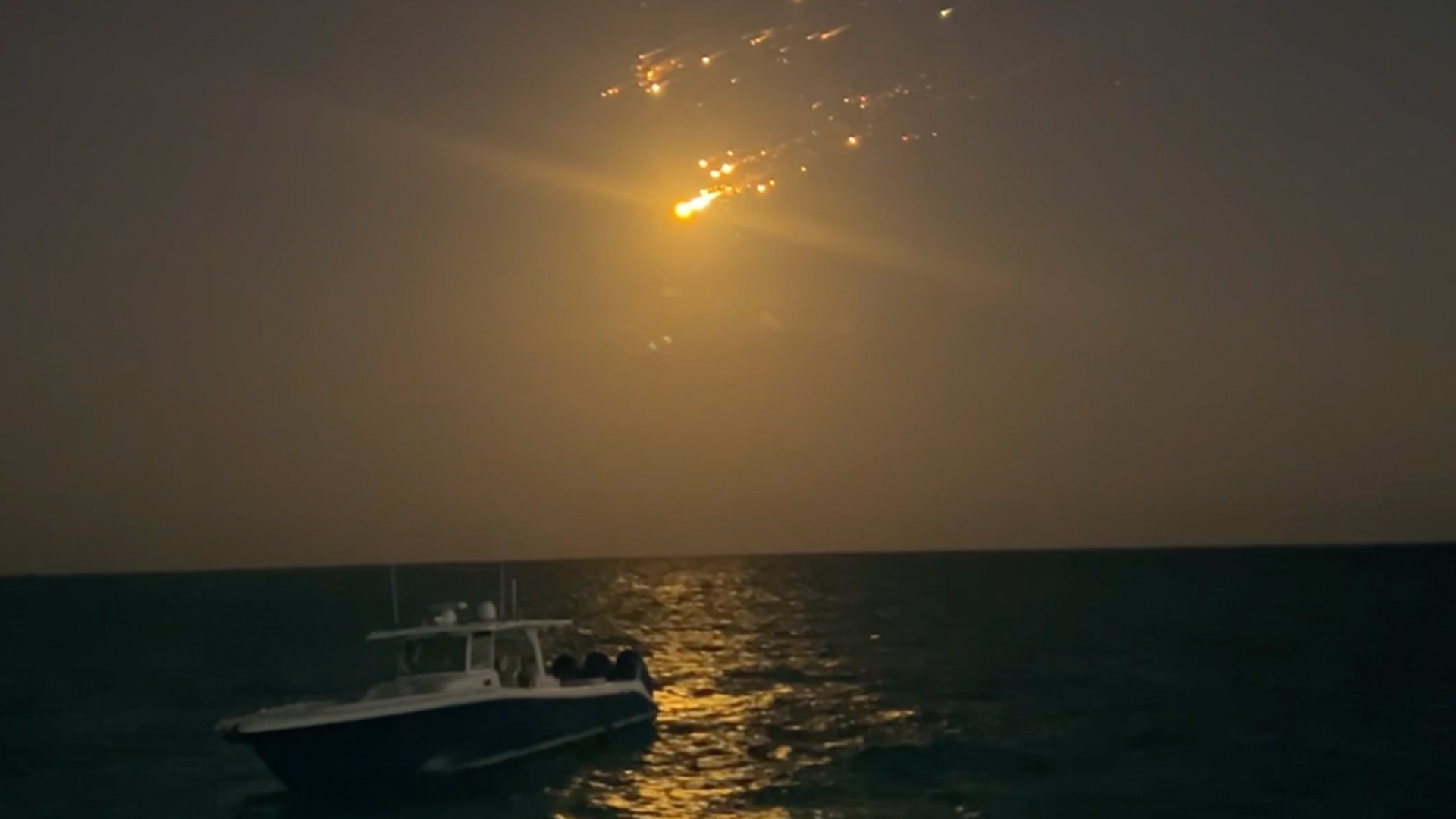
Images from cameras and telescopes, on the contrary, tend to do a good job reconstructing the trajectories of objects entering at shallow angles that streak across the sky like stunning shooting stars. Such instruments, however, are not available to monitor the skies above the remote regions of the world's oceans where most space junk and meteorites crash to Earth or burn up in the atmosphere.
That's why scientists are trying to figure out whether combinations of different types of measurements could provide more accurate data. The limitations of infrasound measurements, for example, restrict the usability of such data in most cases of satellite re-entries, which are usually guided into the atmosphere gradually at shallow angles, Silber admitted.
"Objects re-entering from low Earth orbit (LEO) generally do so at extremely shallow angles," Silber said. "This is because their orbits decay gradually due to atmospheric drag, causing them to spiral inward over time rather than plunging steeply."
Most meteorites, too, enter at angles smaller than 60 degrees, with 45 degrees being the most common angle at which space rocks hit the atmosphere, Silber admitted. The researchers are trying to understand to what extent the infrasound sensors can help understand the trajectories of such objects and how the results could be improved.
Although the sensors cannot provide advanced warnings about incoming pieces of space rock or junk, scientists are keen to use the data to learn more about these potentially dangerous events.
"Although infrasound detection cannot deliver real-time warnings, it does play an essential role in characterizing events, assessing potential impacts and guiding response and recovery efforts," said Silber.
The study was presented at the General Assembly of the European Geosciences Union in April.
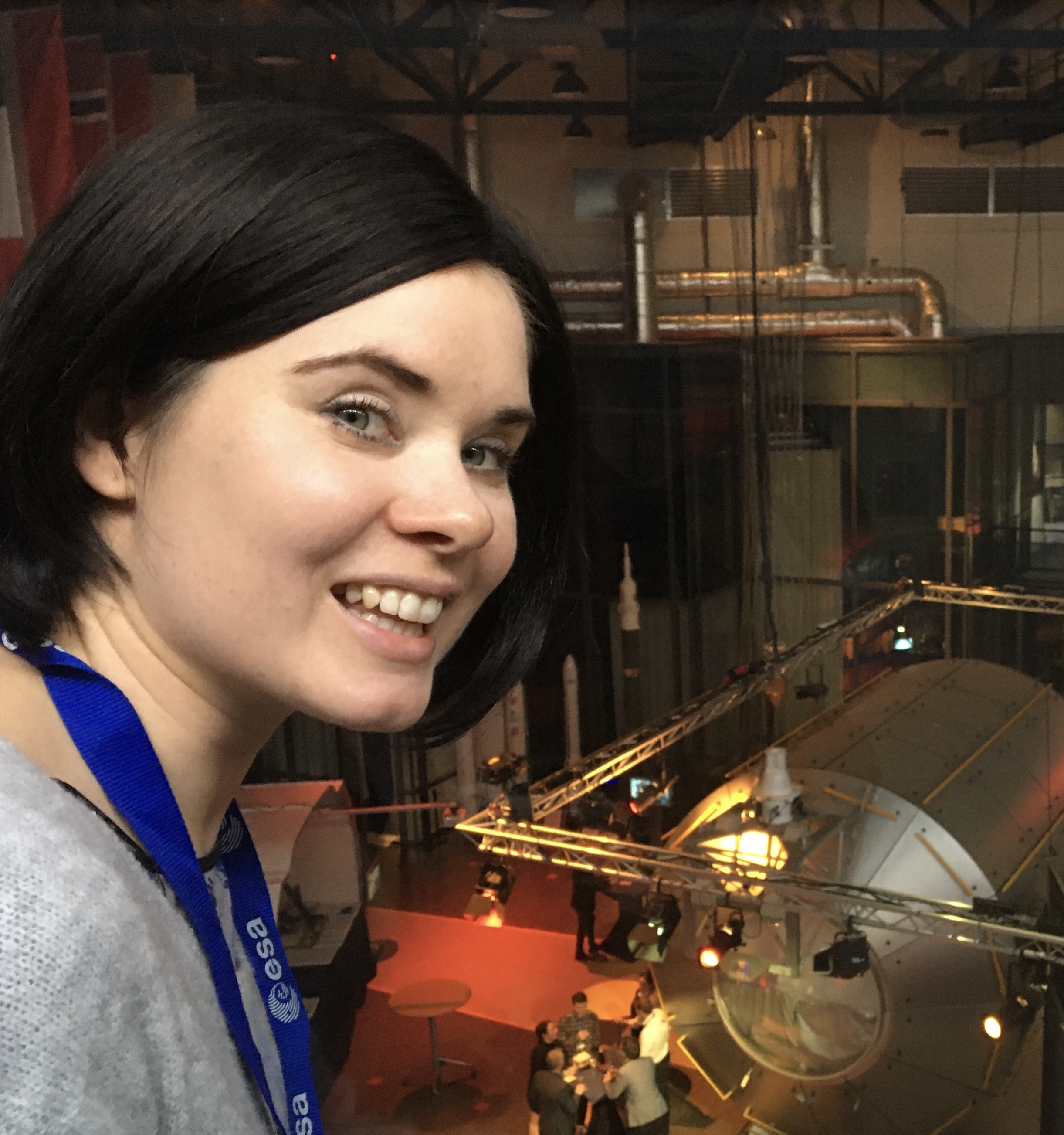
Tereza is a London-based science and technology journalist, aspiring fiction writer and amateur gymnast. She worked as a reporter at the Engineering and Technology magazine, freelanced for a range of publications including Live Science, Space.com, Professional Engineering, Via Satellite and Space News and served as a maternity cover science editor at the European Space Agency.
You must confirm your public display name before commenting
Please logout and then login again, you will then be prompted to enter your display name.
